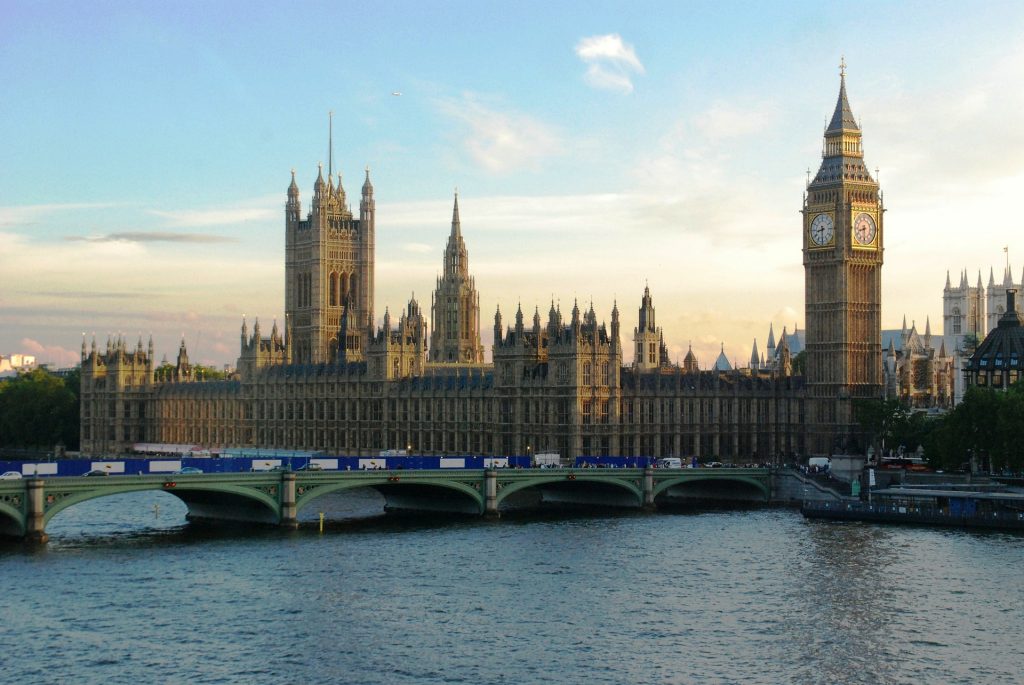
Clear the Lobby: What Laws are MPs voting on this week? W/C 31st October 2022
November 1, 2022
Legal Implications of Opening a Business in the USA From Abroad
November 2, 2022Slippery surfaces, like wet floors, cause thousands of slip-and-fall accidents in the United States every year, leaving their victims with serious physical injury and lasting financial consequences in the form of piling medical bills, incidental expenses, lost wages, and more. Most such accidents can be avoided with adequate precaution and public warning in the form of signs that tell passersby to take a different route while walking through a property. Placing these warning signs fulfills a property owner’s owed a duty of care to their patrons and visitors and limits their liability in case of a potential future lawsuit stemming from a slip and fall incident.
While the presence of a wet floor sign can form a solid basis for the defendant’s legal strategy, it does not entirely absolve a property owner of liability should an unfortunate accident occur. It should be noted that the presence or absence of these signs should not dissuade you from filing a lawsuit against the negligent property owner if you or your loved one gets involved in a slip-and-fall accident. A skilled attorney can help establish negligence and get you the compensation you deserve for your damages.
Establishing Liability in Slip and Fall Lawsuits
As with any other personal injury lawsuit, you must successfully prove the negligence of the defendant to obtain compensation for your damages. The principle of duty of care applies in all such cases, according to which each property owner owes their patrons a reasonably safe environment at their establishment. The presence of wet floors, a significant safety hazard for slip and fall accidents, violates this duty of care, for which the property owner or management can be held liable. Additionally, your legal team must prove that the aforementioned parties had or should have had knowledge of said safety hazards and failed to take timely action to eliminate them.
Presence of Warning Signs
As per their duty of care to the general public, all property owners must place adequate warning signs around safety hazards like wet or slippery floors. Most business owners take these precautions to limit liability in case unsuspecting individuals slip and fall over the slippery surface and seek legal action against them. While placing a wet floor warning sign is a reasonable attempt to notify people, it does not eliminate liability. To be absolved of any legal burden, the property owner must also take adequate action to address the hazard, for instance, timely removal of liquid spills and prompt restoration of walking surfaces to a clean state. For a warning sign to be effective, it must be placed at a location where it is visible to everyone. It should delineate the safety hazard in clear terms and must be placed around the boundary of the location to which it refers. If a warning sign does not fulfill these criteria, it might be considered inadequate signage.
Conclusion
Determining liability in cases where warning signs were placed around the safety hazard, like wet flooring, can be challenging, and the ultimate decision could rest on a jury. Therefore, it is essential to consult an experienced attorney from a reputable law firm who can help you obtain a fair settlement and prevent the case from ever going to a trial in a court of law.





